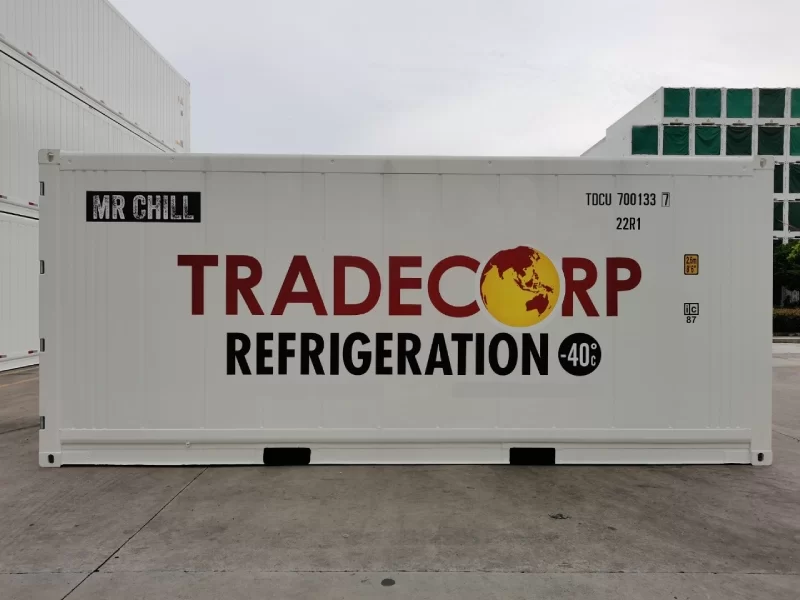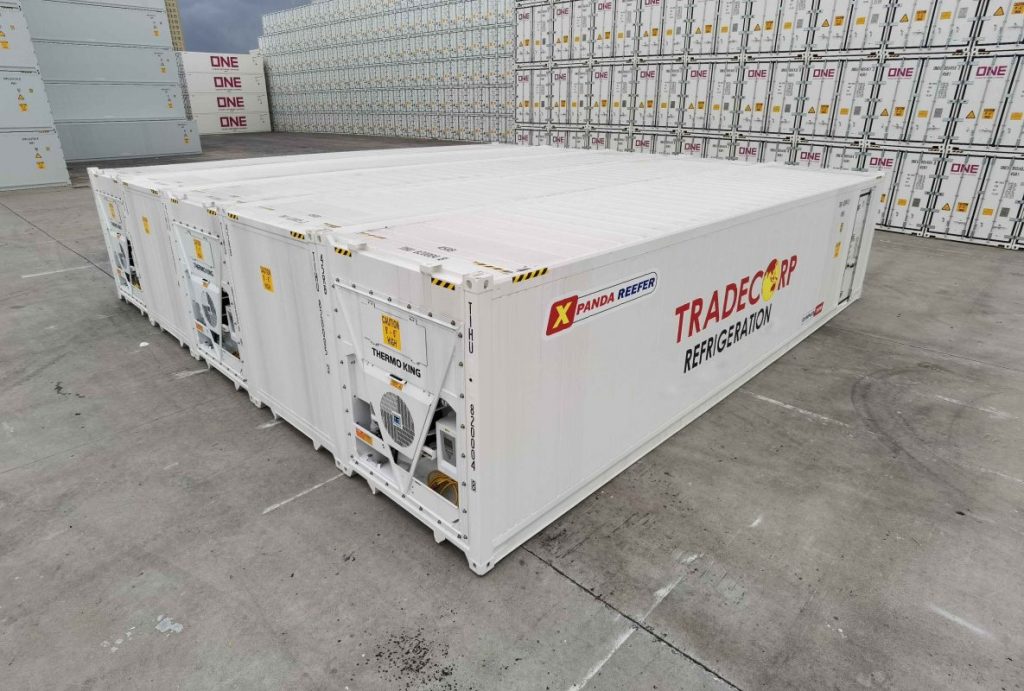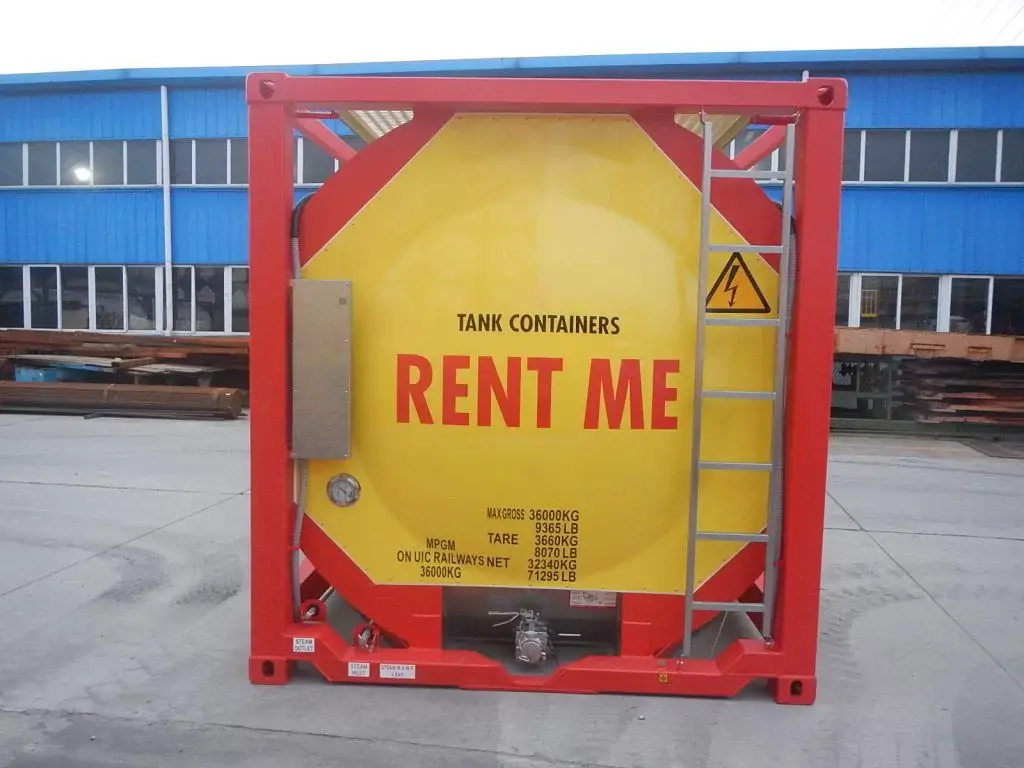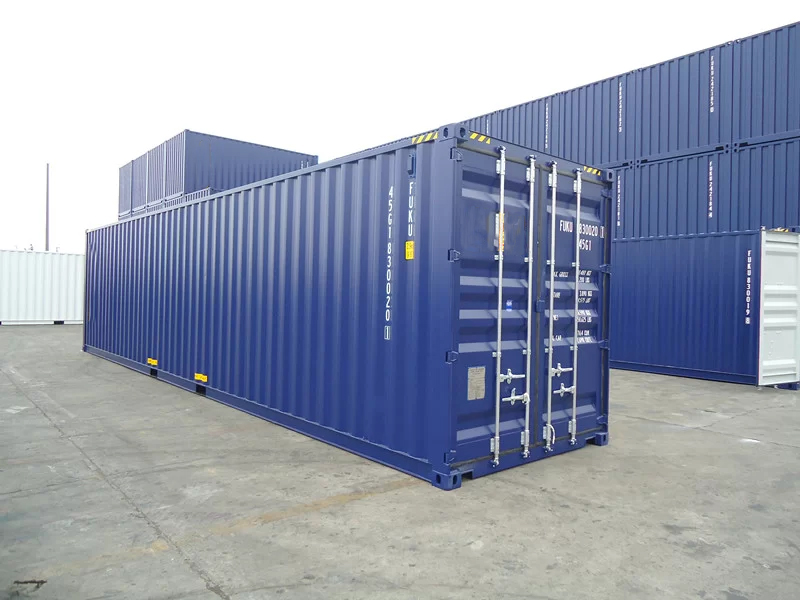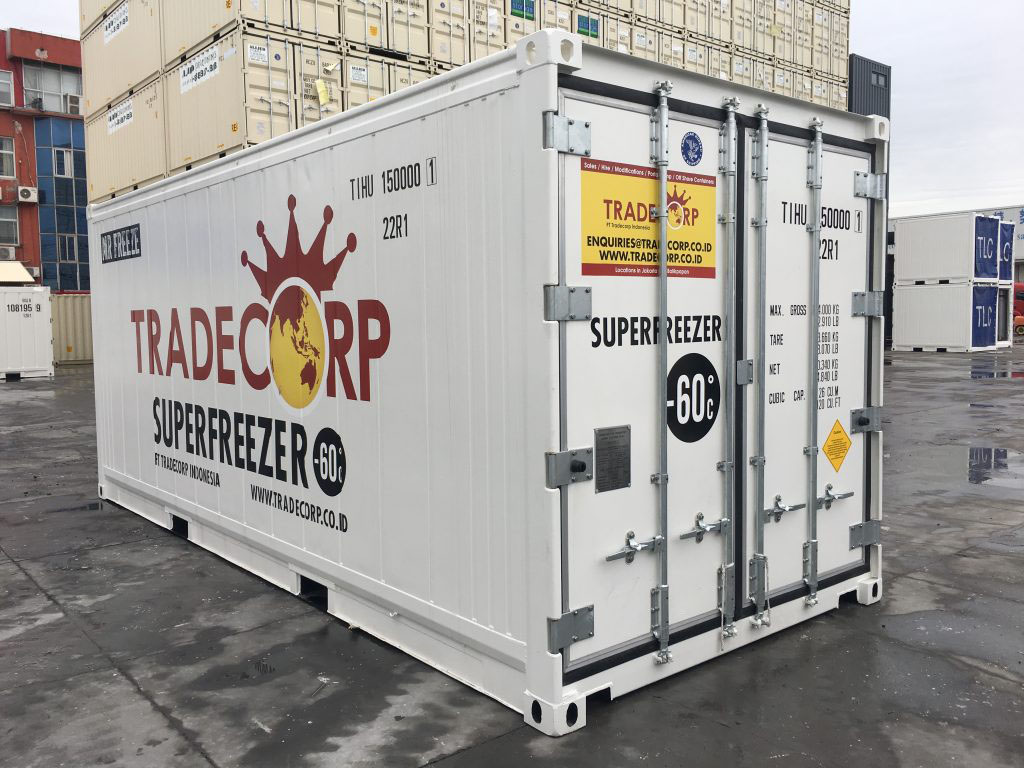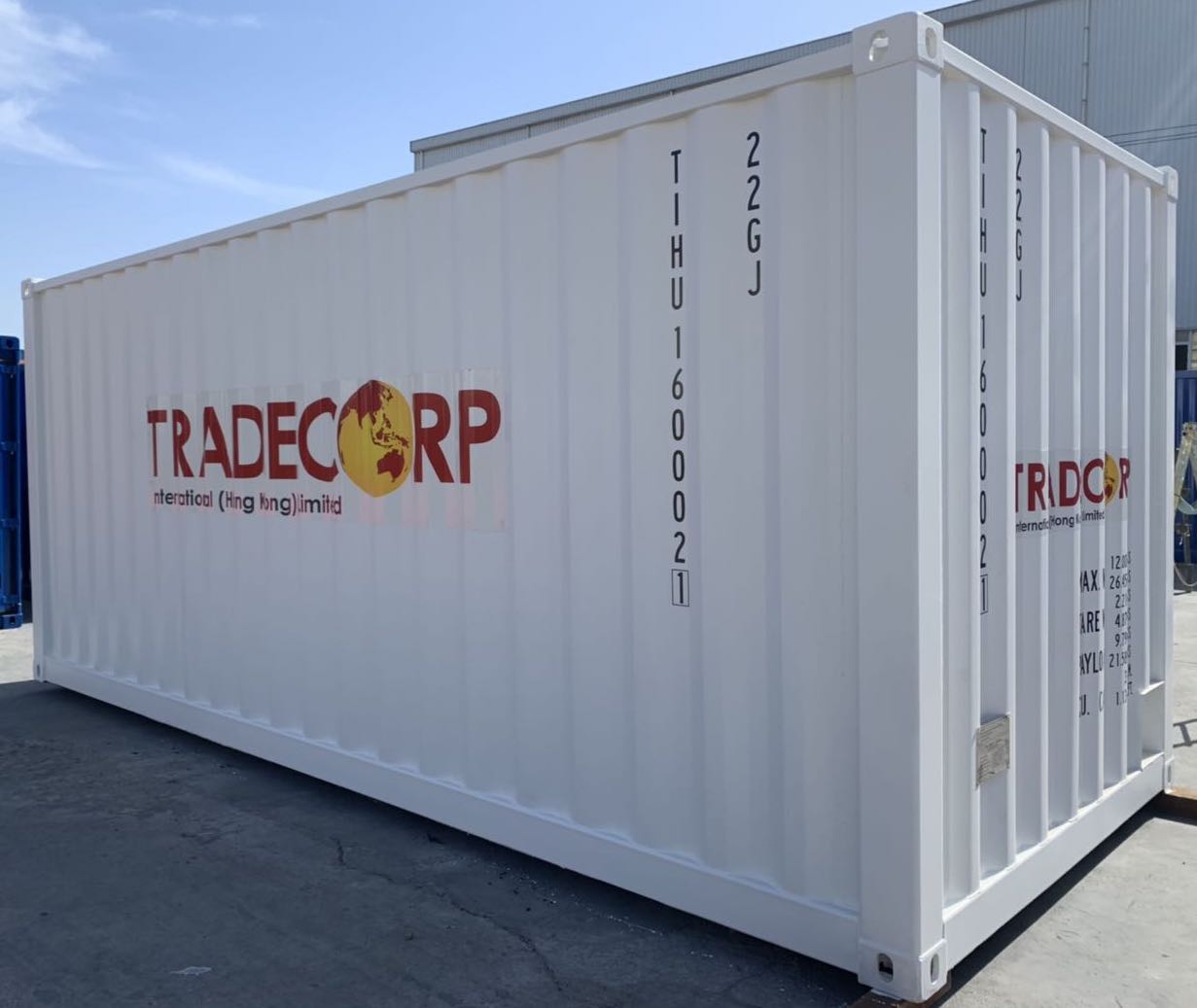While thinking of the many many purposes that a shipping container has or can turn into, from shipping large quantities of goods to serving as useful storage, you have caught yourself considering getting one. Purchasing a shipping container can be challenging and overwhelming sometimes. Just like any other product, you might want to know what kind of features or qualities you’re looking for before buying one depending on your needs, from considering the type that would fit your need, the right size, and the condition. While there are many things to take into account, let this be your quick guide for obtaining one. Here are 5 basic steps on how to pick the ideal fit for your shipping container.
Step 1: Which Type of Shipping Container Do You Need?
The first thing that should come to your mind when you start looking for containers is: Would you need a standard container, or does your shipment require some special needs? There are several types of conex containers available, starting from the standard type with the size of 20’ and 40’ to store dry goods, the high cube types which have similar dimensions to the standard ones with an additional height, or a tank container to transport liquid materials starting from food grade liquids to chemical ones. There is also a refrigerator container to store items at certain temperatures, and many more which you can check in detail here on our page. Most shipping containers are made of durable steel and of a certain standard which makes them last for several years and can be repeatedly used to ship cargo.
In cases where you would only need to do a one-way shipment or need the containers for a short period, then hiring a container would be the best alternative for you. For temporary use, renting a container is less expensive than buying one. Because all you must pay in this case is the rental rate. However, over time, the price of renting the container might end up being more expensive than buying a used one.
Now, whether to buy or rent a shipping container, you might have some idea of which kind of shipping container you might want to use. Once you get settled with your preferred type, you would want to go into some detailed options like size alternatives, available features, and grade.
Step 2: Pick the Shipping Container Size You Want!
Understanding shipping container sizes and dimensions is the first step in selecting the appropriate type of shipping container. Most common standard shipping containers are 20 feet and 40 feet, with similar widths of 8’ and 8,6’ heights. Then there are the high cube storage containers which are 12 inches taller, coming in similar length and width to the standard ones. Both are normally used to carry and transport dry goods.
A standard container might be your best option if you need to ship manufactured goods, metals, wood, or other common dry cargo. The most popular containers, 20ft, and 40ft, as well as their taller sibling, the high cube, are available in Tradecorp. We also have several types of containers to carry cargo that are of different sizes and dimensions, or which require special needs. If your type of cargo includes large items that are out of gauge, then you might want to consider flat rack containers, half-height containers, open tops, curtain-side containers, and many more. The reefer and the insulated containers are options to consider if you’ll be shipping foods, chemicals, or medicines. Both Container designs contribute to preserving a constant internal temperature. Choosing the right size would also mean reducing operational and distribution costs.
Step 3: Choose your Container’s Grade
Once you’ve figured out which type of shipping container is right for you, it’s time to decide on the grading of the container.
If you intend to rent or purchase a used one instead of buying a new one, then there is an additional point to consider which is the grade of the shipping containers. Which grading and condition you should choose, depends on the use of the container.
Normally, companies classify their storage containers on a three-grade scale: A, B, and C. Grade A containers are in excellent condition and are likely suitable for shipping, while grade B containers may have some dents and scratches but can still be used for storage. Grade C containers, on the other hand, have significant damage and can be used for storage or scrap. Then there are other terms for the condition of the containers. Containers that are Cargo Worthy (CW) are considered as grade A and Wind and Watertight (WWT) are the same as grade B. For a shipping container to be considered cargo-worthy and is going to be used for shipping, it must meet certain CSC requirements.
Choosing the right pick for a used shipping container based on grades alone might be a bit tricky since there is no universal grading system for shipping containers. Another suggestion is while considering the grade, let’s be more focused on the conditions rather than the A, B, or C grade classification. It is ideal to have some personal inspections before deciding to obtain one. Excellent condition containers include windproof, waterproof, doors function to close and lock, and have proper or minimal cracks, holes, or dents on the floor, wall, and roof. Then again, it is more appropriate to choose the condition accordingly based on your needs. If you only require the containers as storage or recycling the steel for another purpose, then a decent one wouldn’t be necessary to have.
Step 4: Select and Contact Shipping Containers Provider
When you feel like the decision is all settled, it is time for you to browse any shipping container providers that have your preferences available, from shipping container companies to private sellers on the ports. However, visiting ports would be more time-consuming than directly contacting the container’s supplier where you will be able to see the whole available preferences without having the risk of untransparent deals. You might also consider sending out emails to each provider and waiting for the responses, but with Tradecorp it doesn’t have to be that hard. It just takes a click away on our site to fill out the quote form to receive immediate feedback and our experienced staff will help you through the process.
Step 5: Plan the Transport and Evaluate the Conditions Once Arrived
Now you have read through our buying a shipping container guide. You may have noticed that the process of purchasing shipping containers can be a bit complicated. Additionally, it is not always easy to find the containers that you need at the right rate and place. But Tradecorp is here to make it hassle-free to buy and rent conex containers across the United States. We are here to assist you once you have determined the type, grading, and locations for the containers you want to use. You will not have to be concerned about the scheduling, reserving slots on the vessel, trucking, and transport by rail; we will have you covered.
Once the shipping container has arrived, we would suggest you inspect the conditions of the container. Starting with the exterior appearance of the shipping containers, the cargo doors, the condition of the interior walls, and the roof – to be sure that they come the way you expect them to be.
Tradecorp provides a wide selection of sea containers that you can buy and rent with ease, starting from standard, mini, specialized, refrigerated, tank, or offshore DNV containers, we have all the products ready. Fill out the quote form right away to receive our best deals, or get in touch with us at any time by mail to [email protected] to talk about your needs.

